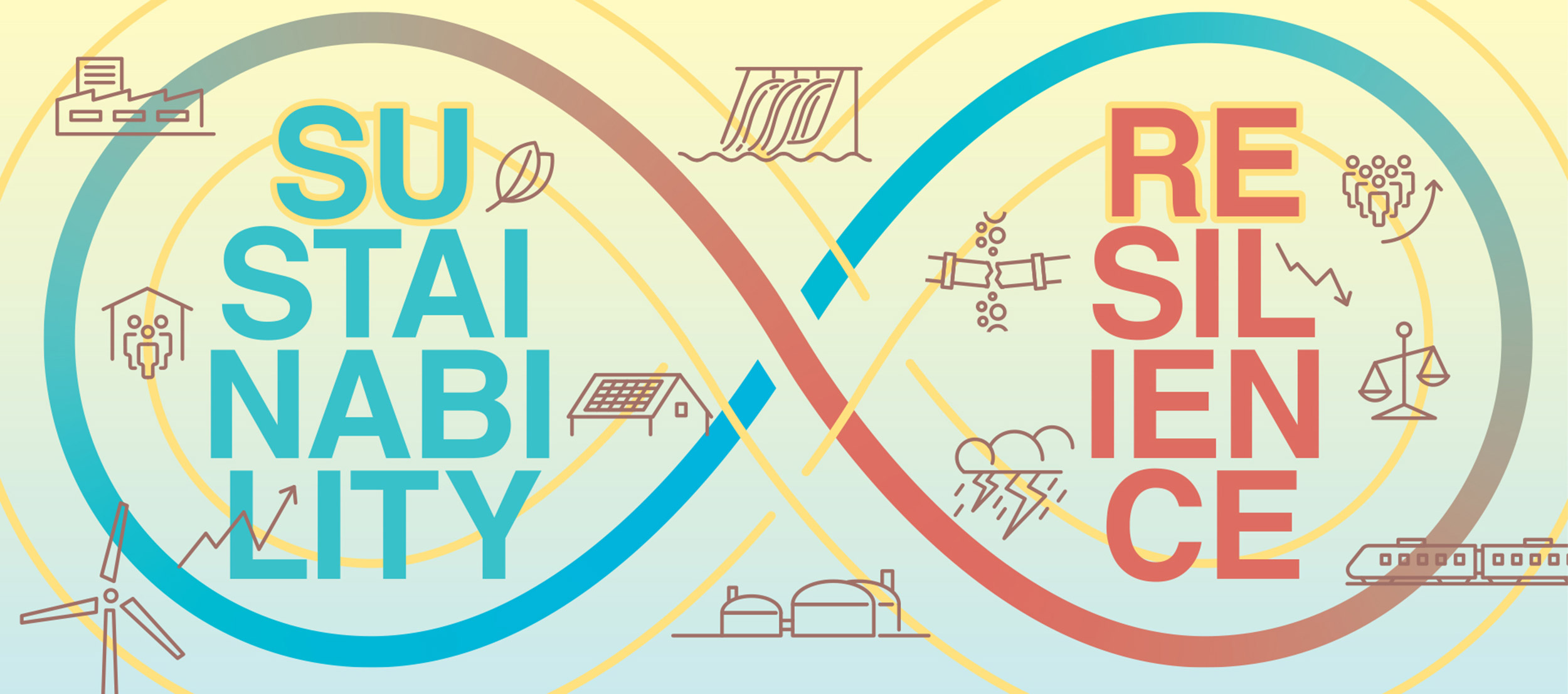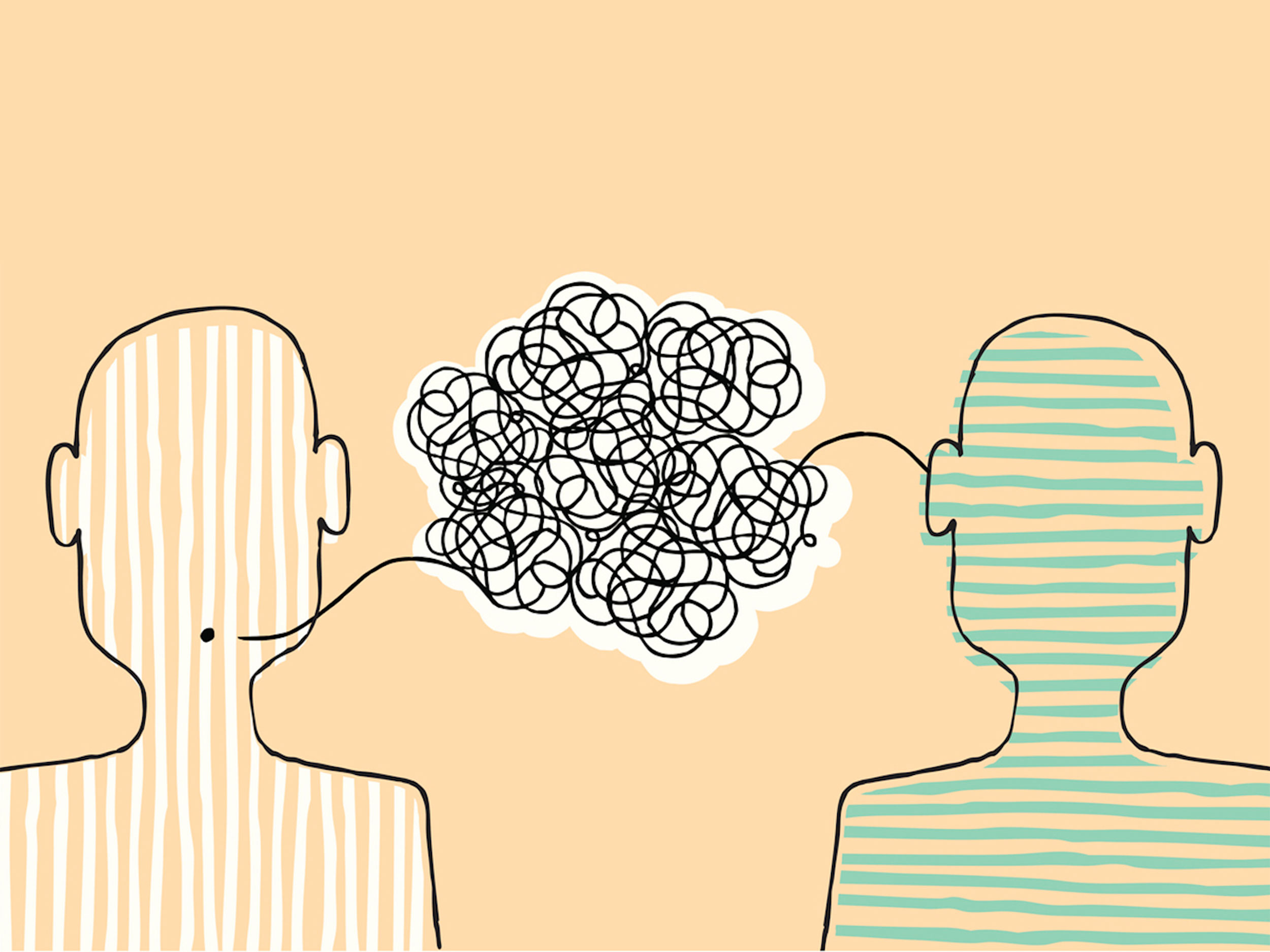Personalized Skin from the Lab
Skin is our largest organ. Every year more than 50 million people suffer from skin defects and need skin transplants to restore skin function. Unfortunately, standards of care are often lacking and ineffective, leaving patients with scars. Scars are disfiguring but also highly discomfiting, they can impair growth and movement and require serial surgeries and […]


